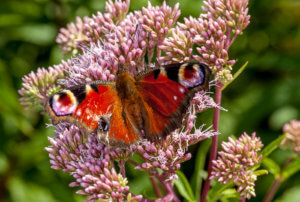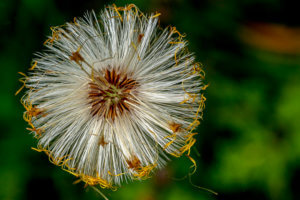Why always ISO100
Why always ISO 100 or other values? Depending on the camera used for the capture this could be a plea for higher ISO values.
Introduction
Most of the time i use ISO100 setting if there is enough light and especially in landscape or architecture photography mainly because i’m used to carry a tripod.
But on close-up and macro photography sometimes you have to use higher ISO values because animals are moving.
ISO100 and less
Maybe you remember it from the analog times of photography capturing slides with Kodachrome25 or maximum the 64 ISO variant and higher ISO were a rare exception. Maybe sometimes we rewind the 10 pictures taken and inserted an Ektachrome 400 into the camera 😉
Most of modern digital cameras have a base ISO setting somewhere arround 100 (Canon ISO 100, Lumix ISO 160) and some cameras offer a Low setting, decreasing the ISO setting by one EV.
These low setting are used very seldom, in very bright situations where you end with too much light. Closing down the aparture is limited because of diffraction blur, this is why i advice to use ND filters.
ISO and noise
As a rule of thumb higher ISO settings will lead into more noise in the the images still is valid, even with modern cameras and sensors. On the other hand better a (noisy) image rather no image at all 🙂 But noisy images can be improved by image processing with Lightroom or other software.
And image noise can be detected even with lower ISO settings on uniform color areas, like the blue sky or red colored areas and areas which are not exactly in focus.
At this point i’ll show you a couple of images shot with the Canon 5D MK II / 7D at ISO settings between 320 and 800. :
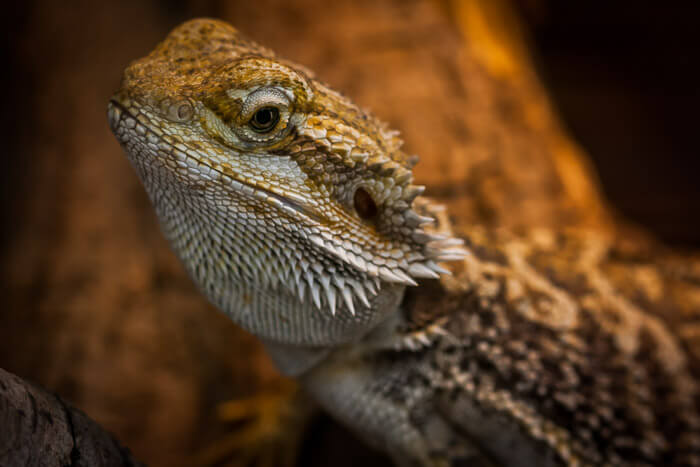
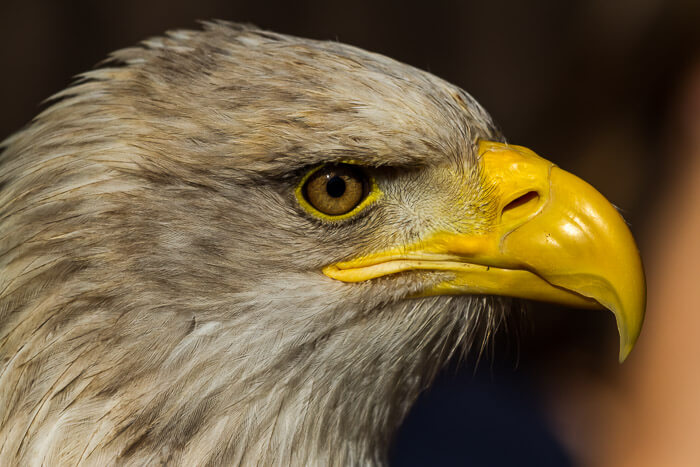
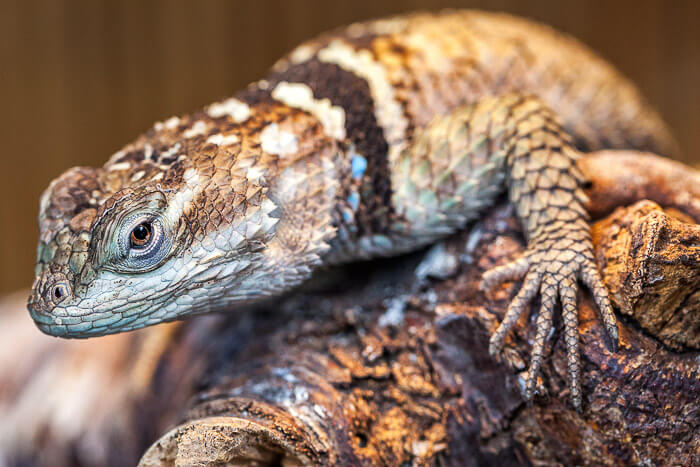
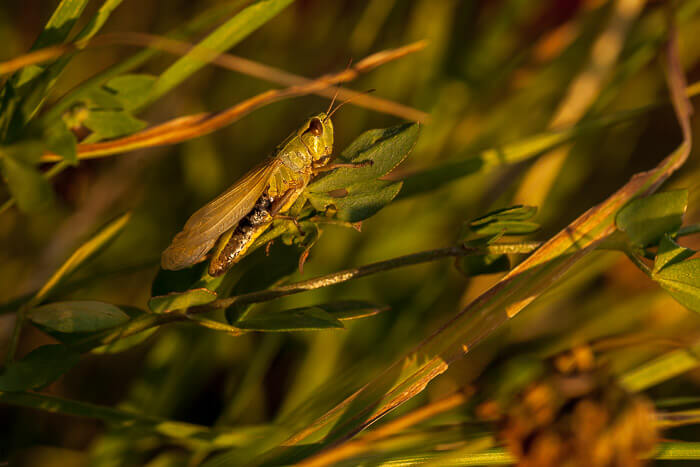
Maybe you’ll counter full frame sensor and ISO settings between 400-800 no problem at all 😉 but then take a look at the following images, which were shot with the Lumix G6 and ISO between 320 and 640.
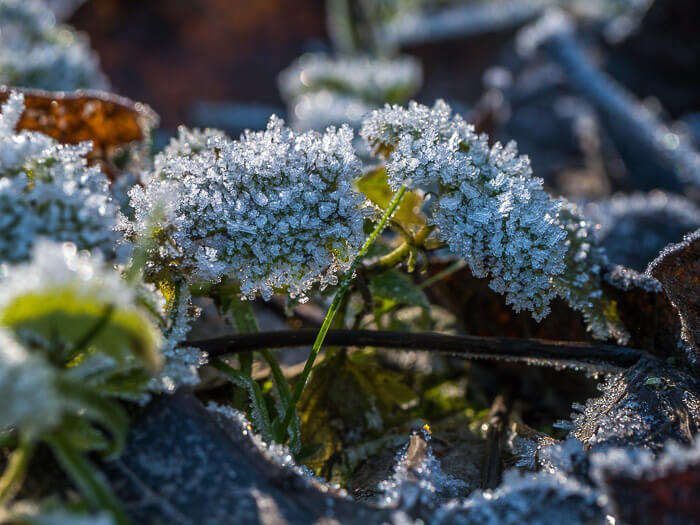
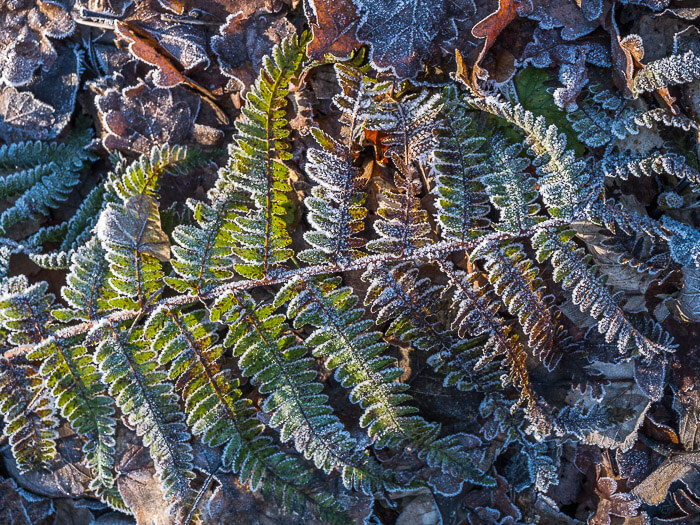

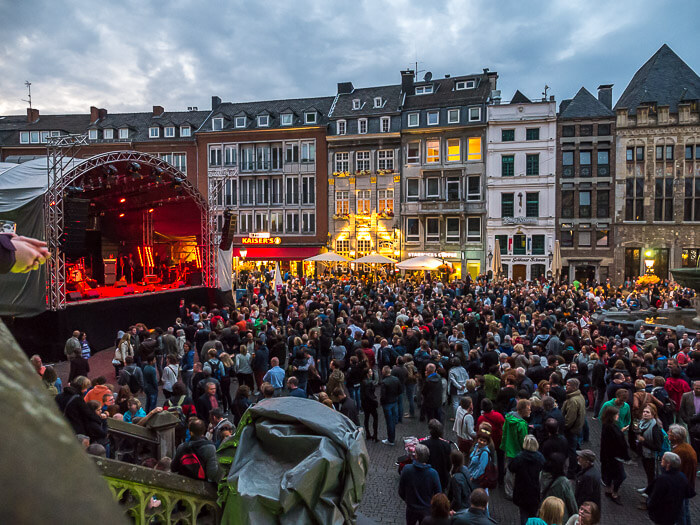
In spite of the very small sensor there is almost no image noise in the images taken with an ISO setting of 640 (even not visible in 1005 on a 27 inch Dell display) And the images taken at ISO 2500 is far better than expected even if there is a little bit image noise visible mainly in the sky area.
Image noise and impression
Image noise is also matter of personal impression and depends on what you feel is acceptable. Otherwise all discussions about new cameras in public forums are not explainable 😉 What is ok for one maybe not acceptable for other people. So the best is you try higher ISO settings with your camera and the software you prefer for your own workflow.
Conclusion
Mainly you should the ISO base setting of your camera, but don’t hesitate to use higher ISO settings if necessary. To go to the limit just try it out with your camera and your preferred workflow and software.
ciao tuxoche
